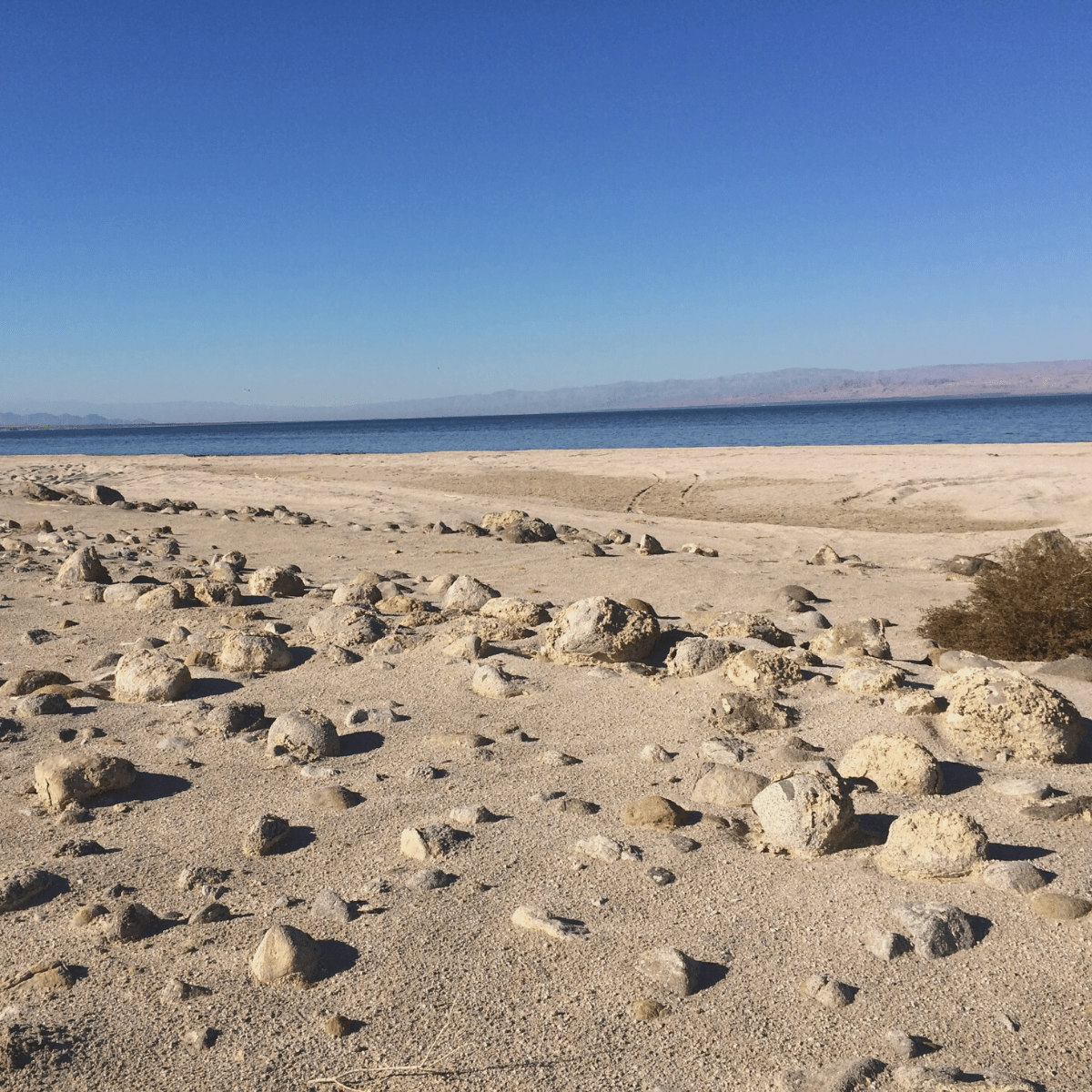
Located in Southern California, the Salton Sea is a unique and ecologically diverse body of water that is well worth a visit. The sea is a popular destination for boating, fishing, birdwatching, and other outdoor activities. In this guide, we will explore the history, attractions, and what you need to know to plan your visit to the Salton Sea.
The History of the Salton Sea
The Salton Sea was created in 1905 when the Colorado River flooded and filled a previously dry lakebed. The sea quickly became a popular destination for boating, fishing, and other water-based activities. However, as the sea’s salt levels increased and the surrounding area was developed, it became clear that the Salton Sea was facing ecological challenges. Efforts have been made to address these issues, and the sea is now a unique and ecologically diverse body of water that is home to a wide variety of birds, fish, and other wildlife.
The Salton Sea is a large, shallow, saline lake located in the Sonoran Desert of southern California, USA. The lake was created in 1905 when heavy rainfall and snowmelt caused the Colorado River to flood, which overwhelmed an irrigation canal and caused it to change course, filling a dry lakebed known as the Salton Sink. The sea was initially a popular destination for boating, fishing, and other water-based activities, but as the sea’s salt levels increased and the surrounding area was developed, it became clear that the Salton Sea was facing ecological challenges.
The Salton Sea’s salt levels have risen over the years due to agricultural runoff and lack of inflows. The high salt levels have made the sea inhospitable to most fish species, which has led to a decline in the population of fish and other aquatic animals. The sea’s high salt levels have also led to the proliferation of brine shrimp, which has in turn led to a significant increase in the population of birds that feed on them.
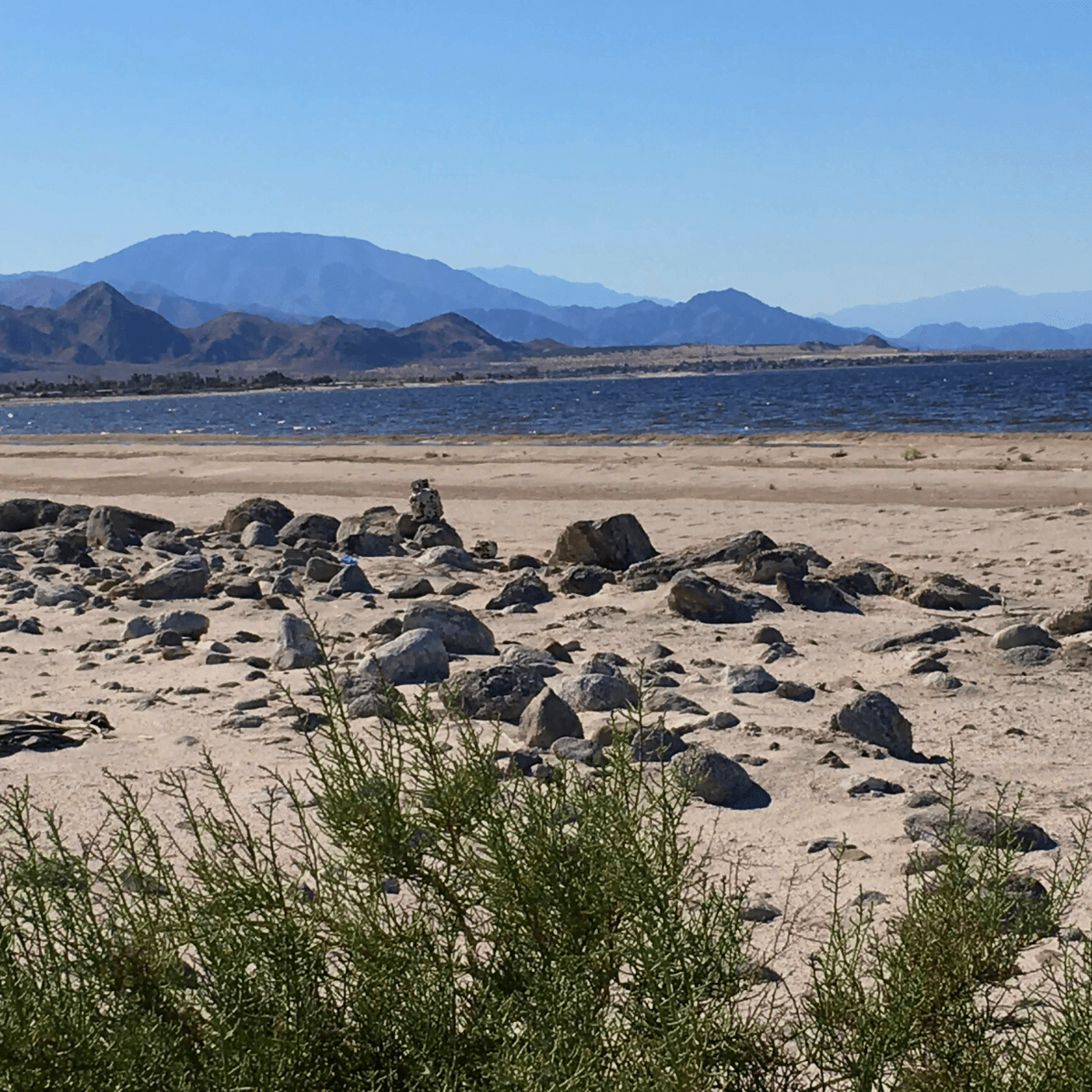
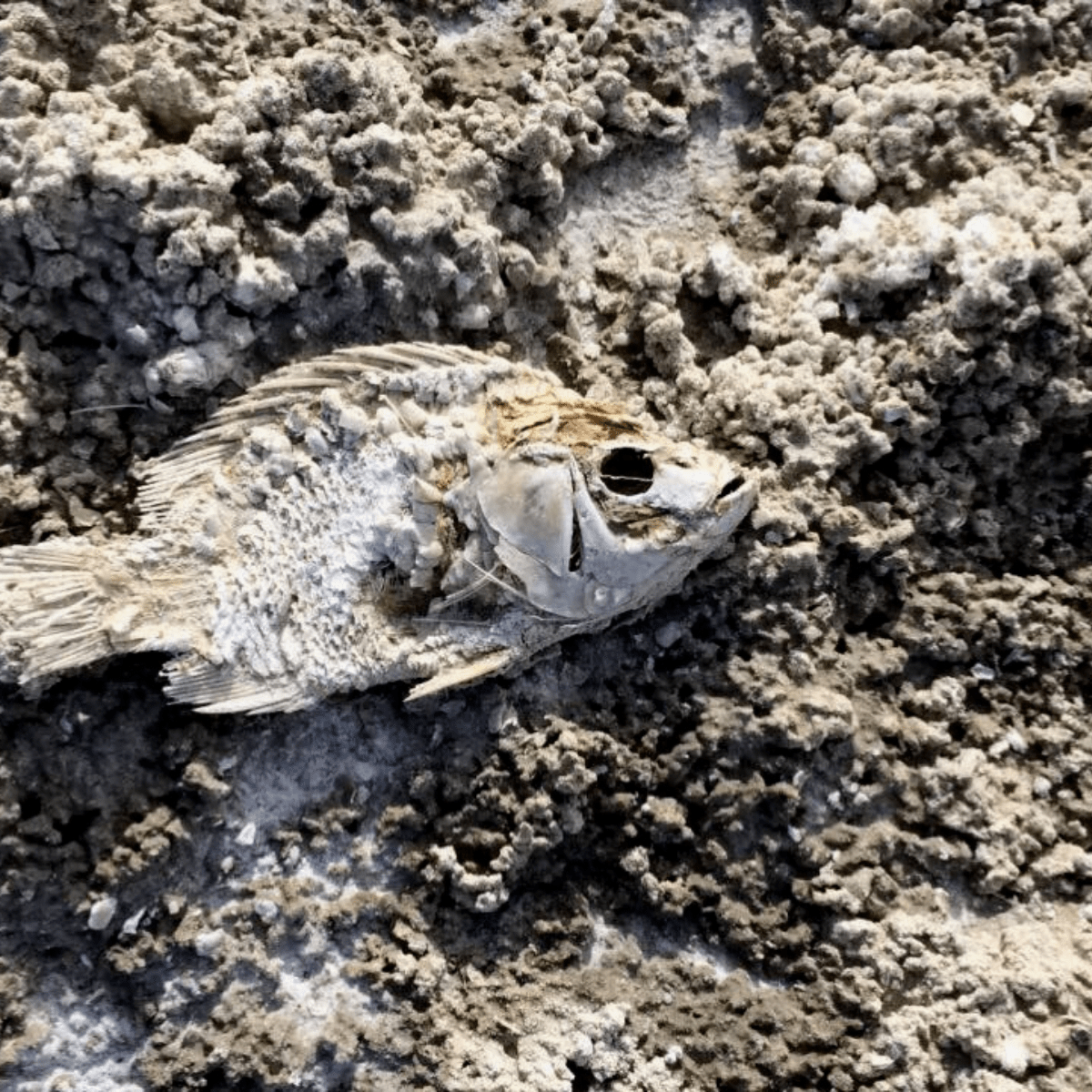
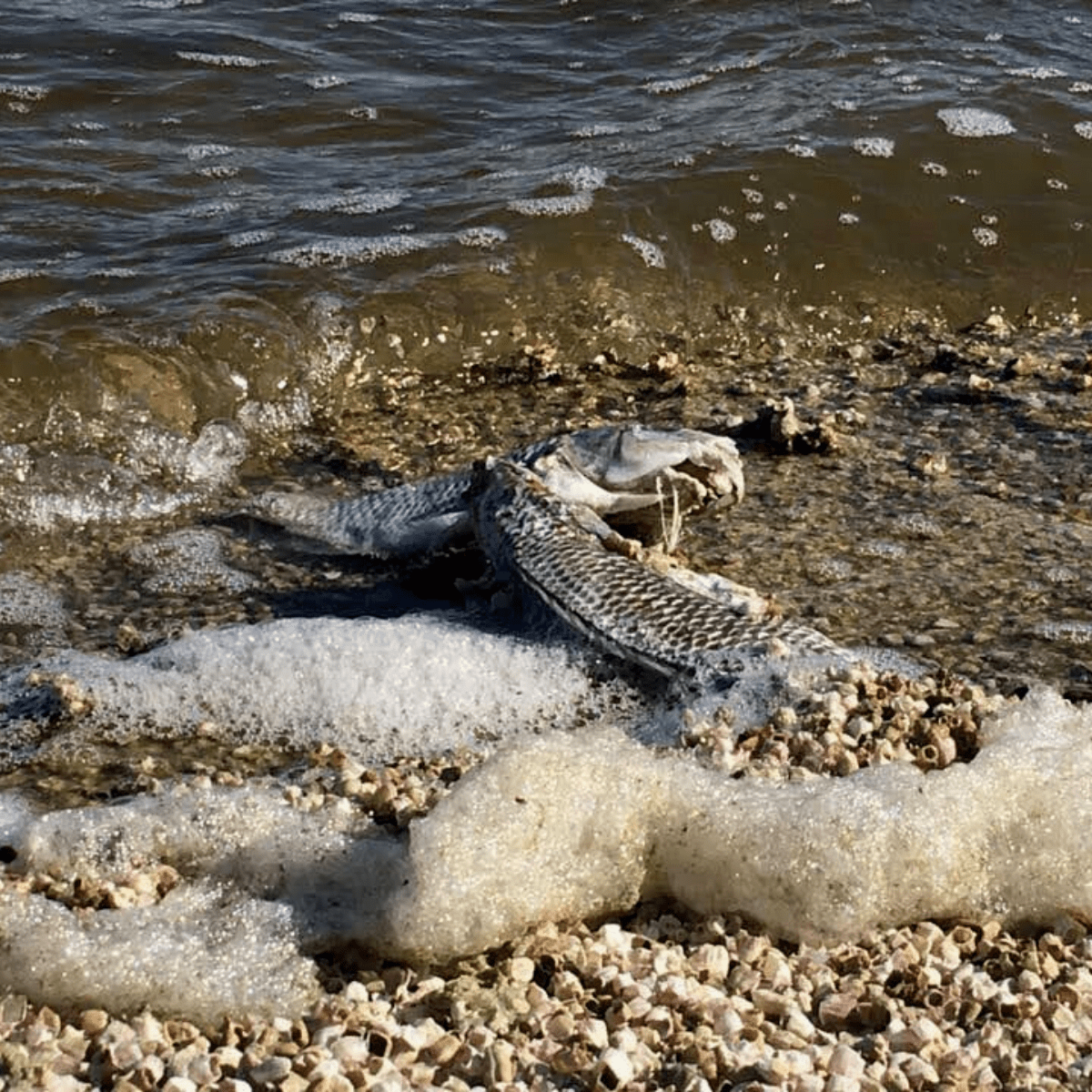
The Salton Sea also faces other ecological challenges, including:
- Air quality issues due to the dust and particulate matter that is generated by the dry lakebed surrounding the sea.
- Ecosystem degradation due to habitat loss and the introduction of non-native species.
- Loss of recreational and economic opportunities due to the sea’s deteriorating condition.
The State of California and other stakeholders have been working on multiple efforts to address these issues, including:
- Water transfer agreements to bring in fresh water to the sea to help reduce the sea’s salt levels.
- Habitat restoration and wetland creation to provide habitats for fish and birds.
- Air quality improvement efforts to reduce dust and particulate matter from the surrounding area.
- Research and monitoring efforts to better understand the sea’s ecological systems and the impact of management actions.
Despite the ecological challenges, the Salton Sea is still an important and ecologically diverse body of water that is home to a wide variety of bird, fish, and other wildlife. The sea is a popular destination for birdwatching, as it is home to a wide variety of migratory and resident birds, and it still have some fish species that can survive in high salt conditions. The Salton Sea continues to be an important and unique ecosystem that is worth visiting and preserving for future generations.
Attractions at the Salton Sea
The Salton Sea offers a wide variety of activities for visitors to enjoy. Popular attractions include:
- Boating and fishing on the sea
- Birdwatching, as the sea is home to a wide variety of migratory and resident birds.
- Visiting the Salton Sea State Recreation Area, which offers camping, hiking, and picnicking opportunities
- Visiting the nearby towns of Salton City and Niland, which offer a glimpse into the history of the area and its development.
Unexploded Ordnance in the Salton Sea Area: A Public Safety Concern
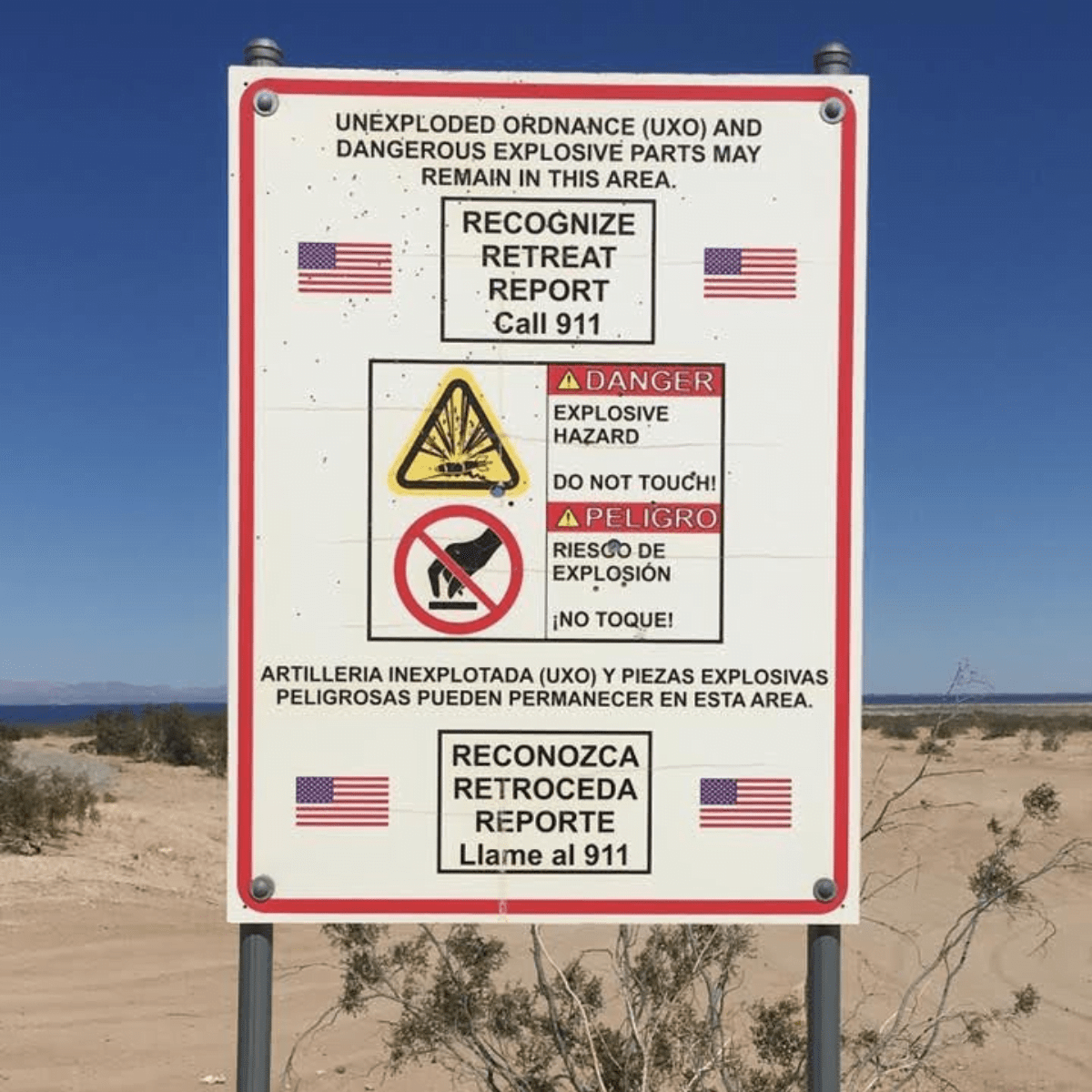
The Salton Sea area in California is known to have unexploded ordnance (UXO) or unexploded bombs, which are a serious concern for public safety. UXO are explosive weapons that have failed to detonate and can still be dangerous if they are disturbed or handled. They can be found in areas that have been used for military training or testing, and the Salton Sea area is known to have been used for such activities in the past.
UXO signs are put up in areas where unexploded ordnance is known or suspected to be present. These signs are meant to inform the public of the potential danger and to advise them to stay away from the area. The signs typically include a warning message, a symbol of a bomb, and instructions on what to do if an ordnance is found.
If you come across an UXO sign, it is important to follow the instructions provided on the sign and to stay away from the area. If you come across an unexploded ordnance, do not touch or move it, and immediately report it to the authorities. The authorities will take the necessary steps to ensure the safety of the public and to remove the ordnance.
It is important to note that UXO can be found anywhere and that the presence of UXO signs does not mean that an area is completely free of unexploded ordnance. Therefore, it is always important to be aware of your surroundings, especially in areas that have been used for military training or testing, and to report any suspicious objects to the authorities.
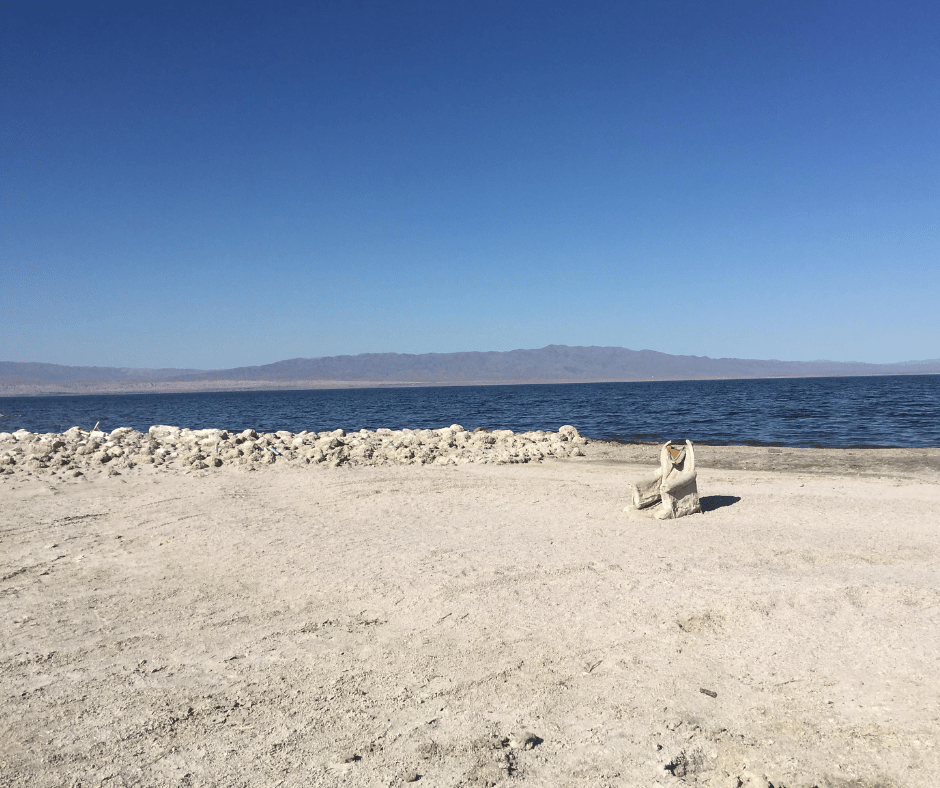
How to Plan Your Visit When planning your visit to the Salton Sea, there are a few things to keep in mind.
- Be sure to check the weather forecast as temperatures can be extreme during the summer months.
- Bring sun protection, such as sunscreen, hats, and sunglasses.
- Remember to bring water and snacks as facilities are limited in some areas.
- Check the regulations and fees for boating and fishing before you go.
- Remember that the sea is a fragile ecosystem, so be sure to follow Leave No Trace principles and respect the wildlife.
The Salton Sea is a unique and ecologically diverse body of water that is well worth a visit. Whether you’re interested in boating, fishing, birdwatching, or just exploring the area’s history and culture, there’s something for everyone at the Salton Sea. With a little planning and preparation, you’re sure to have an enjoyable and memorable visit.
To get to the Salton Sea from San Diego, you would need to take I-8 East towards El Centro. Once you reach El Centro, take Exit 150 for CA-86 towards Brawley/Salton City. Continue on CA-86 for about 30 miles, and then take a left onto Salton Sea Drive. The Salton Sea will be on your right.
To get to the Salton Sea from Los Angeles, you would need to take I-10 East towards Indio. Once you reach Indio, take Exit 133 for CA-111 towards Niland. Continue on CA-111 for about 20 miles, and then take a left onto Salton Sea Drive. The Salton Sea will be on your right.
Please note that these directions are approximate, and you should consult a map or a navigation app for the most up-to-date and accurate information.
Explore Borrego Springs, the gateway to Anza-Borrego Desert State Park. Discover its stunning landscapes, vibrant community, and sustainability-focused growth.
Sign up for our newsletter!
Sign up for our newsletter!
Sign up for our newsletter!
You're All Signed Up!
Please try again later.

